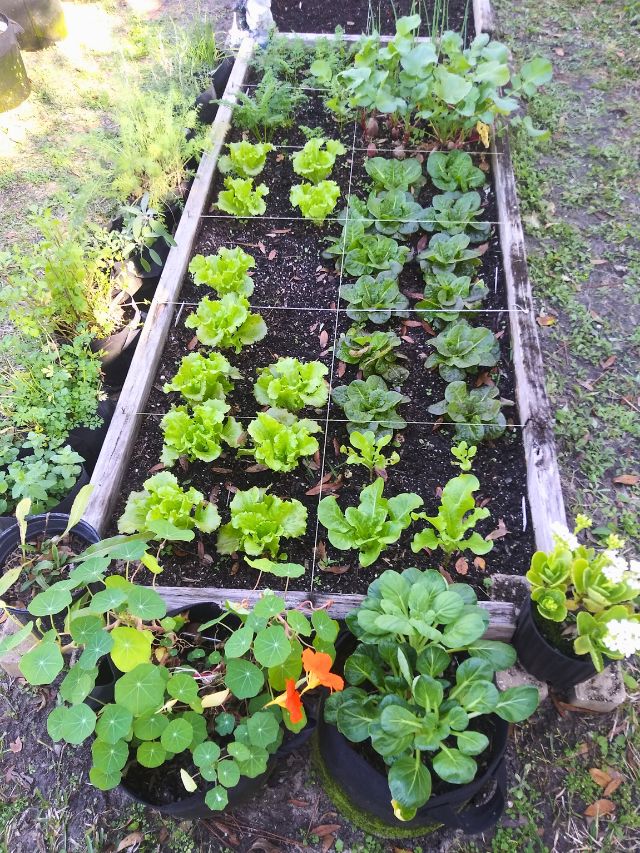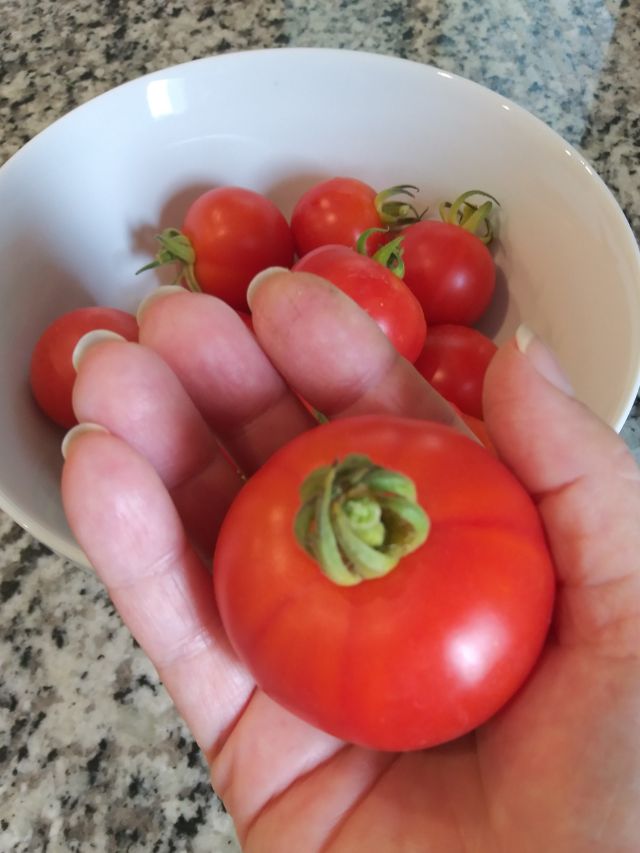Can You Save Money On Food With A Backyard Garden?
There are lots of reasons why almost-retired people should be growing a garden. Saving money on food costs might be one.

When we were kids, almost everyone in our neighborhoods grew some kind of garden.
Most back yards had a plot of ground that produced rows of carrots, radishes, beans, cucumbers, onions and many other vegetables and flowers. Of course, we kids were “recruited” to weed, water, and help cultivate it. But we loved eating the fruits of our labors – sometimes pulling up a carrot or picking a handful of beans to snack on while we were out playing during the hot summer days.
It seems the trend toward growing a backyard garden is rising. Especially among seniors.
According to a survey by the National Gardening Association, about 40% of home gardeners in the U.S. are over the age of 50, and seniors are one of the fastest-growing demographics of gardeners.
Bob and I started a little backyard garden of our own about three years ago. It had been a very long time since either of us had our hands in the dirt, so it’s been a pretty steep learning curve. But we’re getting a better harvest every season, and it’s been a fun shared experience for us. I’ve talked a little about it here and here.
Growing a garden did require an initial financial investment, and we still spend a little bit of money each new season.
We live in Central Florida, where the ground is mostly sand. It takes a lot of work to amend it enough for planting. So it seemed like it would be easier and quicker for us to build a raised bed and fill it with good soil.
We started by making a two-foot by twelve-foot box with concrete planter blocks and 2’x6′ lumber, cut for us at the home store. Then we filled it with a mix of compost, vermiculite, and peat moss, following the guidelines from the Square Foot Gardening Foundation. Altogether, we spent about $200 setting up that first raised bed. You can certainly start a garden for far less than that, but we felt like the investment was worth it in time and labor saved to get us started.
As we’ve gone along, we’ve added multiple grow bags to that first raised bed. We’ve filled those with a mix of regular raised bed soil and compost. In addition, we’ve had to buy things like fertilizer, tomato cages, bamboo stakes, gloves, and tools. So there have been some significant costs involved in starting our garden. But a lot of those expenses won’t need to be repeated. And we’re learning how to cut costs by composting, saving seeds, using natural fertilizers, etc.

It’s taken some trial and error to learn how to produce a good harvest. But we’re starting to grow enough food to make a difference in what we buy from the store.
We’re fortunate to have three growing seasons where we live in Zone 9. We’ve had to learn which types of vegetable and herbs to grow when. So part of saving money by growing our own food is learning how to eat seasonally.
Right now, at the end of the fall/winter season and beginning of the spring season, we’re harvesting the last of the cool season lettuces, green onions, radishes, etc. We are curing the most recent crop of sweet potatoes, and I just picked the first of the spring sugar snap peas. Our tomatoes, green beans, and pepper plants are all blooming and starting to produce fruit.
Our next goal is to learn more about ways to preserve the food we grow. I’ve frozen tomatoes, green beans, and okra with good results. But I’d really like to explore canning and dehydrating as other methods that will stretch the amount of time we have to consume what we’re producing.
So all in all, are we saving any money by growing a garden?
Maybe not yet. We are going into our sixth growing season, and so far it’s looking like we’ll have our best one ever. Over the previous fall and winter, we didn’t have to buy any lettuce or tomatoes for several weeks. And we were enjoying the other foods we were harvesting regularly. That’s a pretty good savings already, considering the price of fresh produce from the grocery store. But I’m not sure we’ve recouped our costs totally, and we’re still having to supplement with store-bought items quite often.
I do think we are getting closer to seeing a real savings, though. As we learn how to produce more food and preserve it, and use more cost cutting techniques like composting and saving seeds, I believe it will really start to pay off in lower grocery bills.
Even before reaching the point of consistent profitability, I would recommend starting a backyard garden to everyone.
The benefits of gardening might be more felt than taught. Working on this together has been a fun shared experience. The process of learning and experimenting has been interesting and exciting. And it’s so satisfying when we see those first tiny sprouts, or we’re able to pick and eat something we grew ourselves. The amount of nutrients we receive from our fresh-picked produce is significantly higher than what we can get from the store. Plus, gardening draws us outside every day, and it’s given us new appreciation for other things in nature. We rejoice over sightings of birds, bees, butterflies, and ladybugs!
I’m confident we will soon see the fruit of our labors in the form of lower grocery bills, as well.
